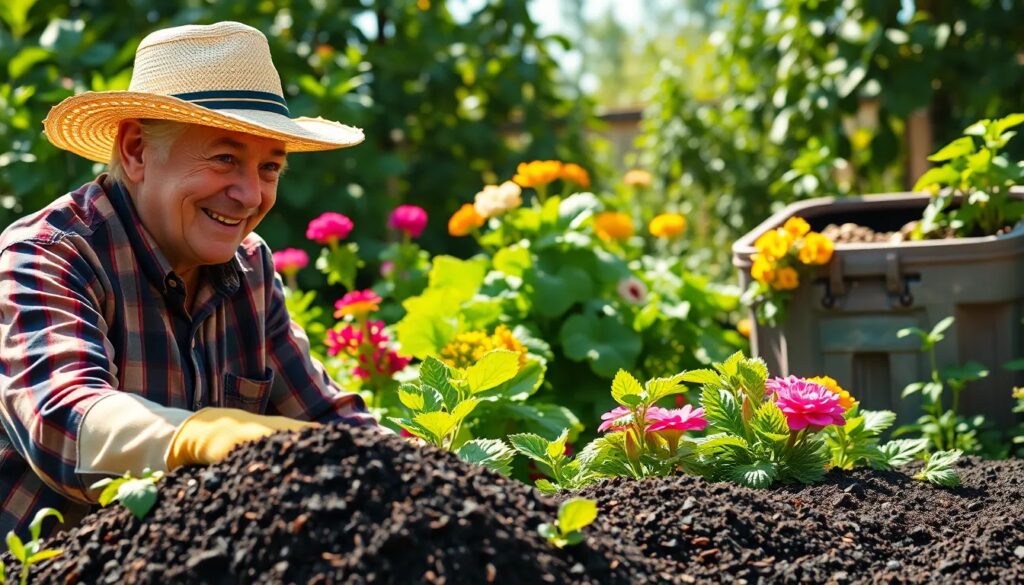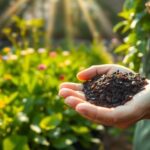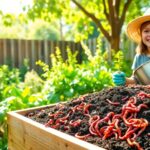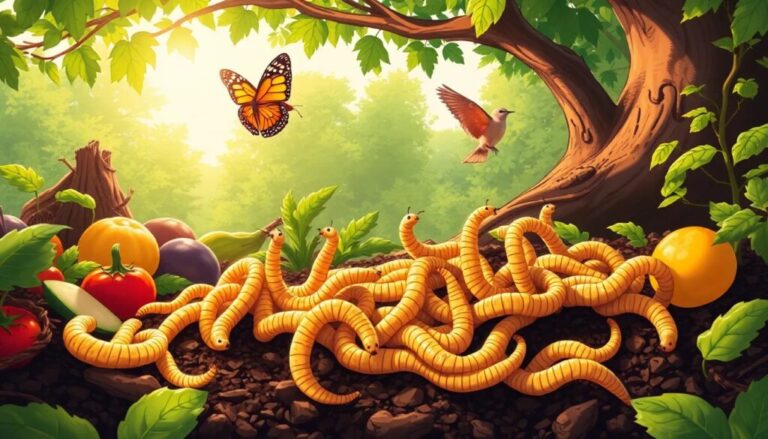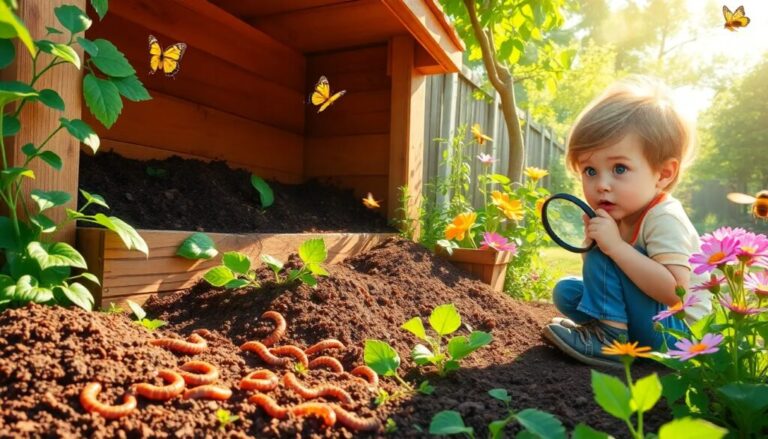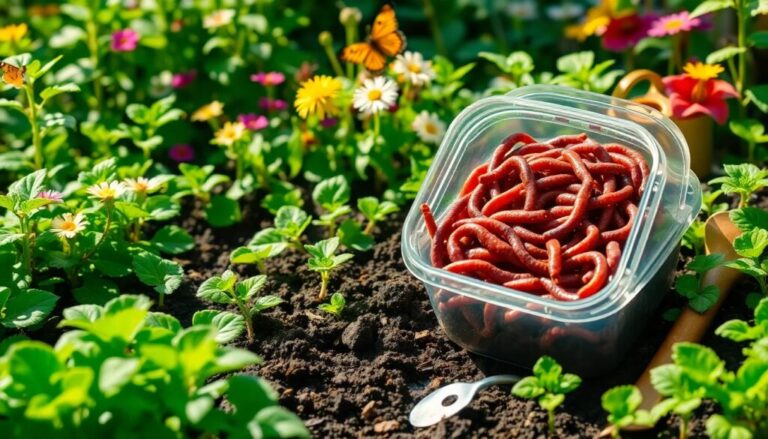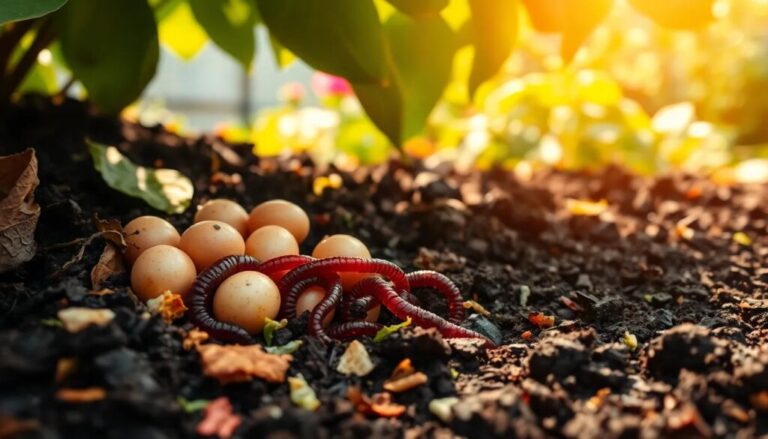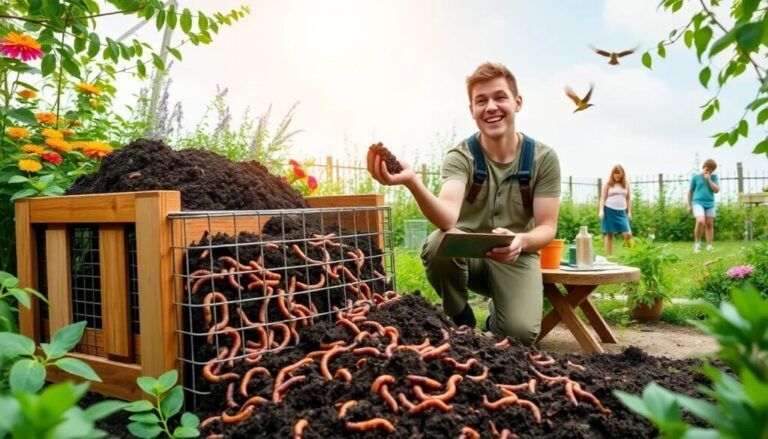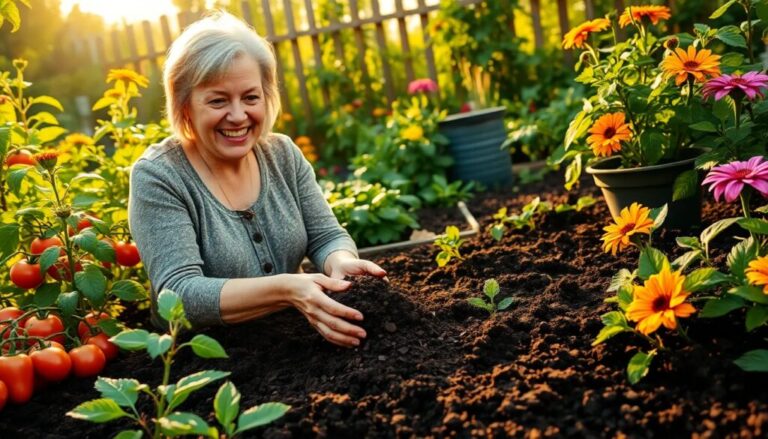Worm castings – how black gold helps plants grow
Worm castings, often referred to as “black gold,” are a remarkable type of organic fertilizer produced by red wigglers. These nutrient-rich pellets significantly enhance soil fertility and promote healthier plant growth. In this article, we will explore the benefits, uses, and storage of worm castings, highlighting their importance in sustainable gardening practices.
How do worm castings benefit plants?
Worm castings improve soil fertility by providing essential nutrients that plants need to thrive. They contain high levels of calcium, nitrogen, phosphorus, and potassium, which are vital for optimal plant growth. With these nutrients readily available, plants can absorb them more efficiently, resulting in faster and healthier growth.
In addition to nutrients, worm castings enhance soil structure. They help to aerate the soil, promoting better root health and moisture retention. This means that plants not only receive the nutrients they need but also thrive in a supportive environment that fosters growth.
- Improved nutrient absorption: Worm castings allow plants to take up nutrients more effectively.
- Odorless application: They can be used at any growth stage without unpleasant smells.
- Versatile uses: Suitable for various gardening applications, including indoor and outdoor plants.
Regular application of worm castings can lead to increased yields, making them a valuable asset for any gardener. By incorporating these castings into your gardening routine, you are not only improving plant health but also contributing to a more sustainable gardening practice.
What are worm castings and where do they come from?
Worm castings are the excrement of composting worms, primarily produced by red wigglers. These worms consume organic matter, such as vegetable scraps and paper, and convert it into nutrient-dense castings. This process not only recycles waste but also enriches the soil.
Unlike conventional fertilizers, worm castings are natural and chemical-free, making them safe for all types of plants. They are rich in beneficial microorganisms that contribute to soil health and promote a thriving ecosystem in your garden.
- Rich nutrient content: Worm castings are packed with essential elements like calcium and nitrogen.
- Beneficial microorganisms: These castings contain live bacteria and fungi that support plant growth.
- Environmentally friendly: Their production reduces organic waste in landfills.
Using worm castings in your gardening practice is a great way to harness nature’s power to improve soil health and plant growth while also reducing environmental impact.
How to use worm castings in your garden?
Using worm castings is straightforward and can significantly enhance your gardening efforts. Here are some effective ways to incorporate these nutrient-rich pellets into your gardening routine:
- Top dressing: Sprinkle worm castings on the soil surface around your plants to provide a nutrient boost.
- Mix with soil: Incorporate worm castings into potting soil for potted plants for better nutrient availability.
- Liquid fertilizer: Create a nutrient-rich tea by steeping worm castings in water and using it to water your plants.
For potted plants, you can ask yourself, “How to use worm castings in potted plants?” Simply mix a handful of castings into your potting mix for a natural fertilizer that promotes growth and resilience.
When are my worm castings ready for use?
Worm castings are typically ready for use when they appear dark and crumbly, resembling rich soil. The process can take anywhere from a few weeks to several months, depending on the conditions and the amount of organic matter available for the worms to consume.
To determine if your worm castings are ready, look for the following signs:
- Dark brown or black color.
- Granular texture that crumbles easily.
- Neutral or earthy smell.
Once you see these indicators, your worm castings are ready to enrich your garden and help plants grow stronger and healthier.
How to store worm castings effectively?
Proper storage of worm castings is essential to maintain their nutrient value and effectiveness. Here are some tips to ensure that your worm castings stay fresh:
- Keep dry: Store worm castings in a cool, dry place to prevent mold and moisture buildup.
- Use breathable containers: Use burlap sacks or cardboard boxes to allow airflow while keeping pests out.
- Label containers: Clearly label storage containers with the date of harvest to track freshness.
By following these storage tips, you can maximize the lifespan and efficacy of your worm castings, ensuring they remain a reliable resource for your gardening needs.
Can worm castings be used with other fertilizers?
Yes, worm castings can complement other organic fertilizers, enhancing their effectiveness. When combined with products like compost or organic fertilizers, worm castings can create a nutrient-rich environment that boosts plant health and soil quality.
However, it is essential to avoid over-fertilizing, as excessive nutrients can harm plants. Start with small amounts and monitor your plants’ response to find the right balance.
- Combine with compost: Enhance the nutrient profile of your compost by adding worm castings.
- Use with organic fertilizers: Mix worm castings with other organic fertilizers for a comprehensive nutrient boost.
- Adapt to plant needs: Adjust the combination based on the specific requirements of your plants.
Incorporating worm castings into your fertilization routine can significantly improve your garden’s overall health, leading to vibrant, thriving plants.
For further visual understanding of how to utilize worm castings effectively, check out this informative video:
In conclusion, worm castings, or “black gold,” offer a multitude of benefits for plants, enhancing soil fertility and promoting sustainable gardening practices. By integrating worm castings into your gardening routine, you can enjoy healthier plants and a more eco-friendly approach to gardening.

